Known as the land of fire and ice, Iceland‘s otherworldly landscapes and vistas make natural wonders its centerpiece.
Iceland is aptly named because of its abundance of volcanic activity juxtaposed against glaciers and snow drifts.
Iceland offers visitors a mix of unique beauty and raw power, with as many tourists coming for the volcanoes as for the Northern Lights.
As a people, Icelanders are friendly and can be very direct in their questions or conversations, so be prepared to hear exactly what they think.
Once associated with the people, many tourists will come to recognize a small-town or communal/family attitude to much of their culture.
With a population of only around 350,000, it is understandable how such a close-knit society can develop.
Overall, Iceland is a very safe country, with the most dangers emanating from the outdoors.
Extreme weather or natural disasters represent some of the biggest threats around the country.
If you visit a metropolitan area, be aware of potential pickpockets, but no real crime.
Let’s explore some of the safest cities to visit throughout Iceland.
Contents
10 Safest Cities in Iceland
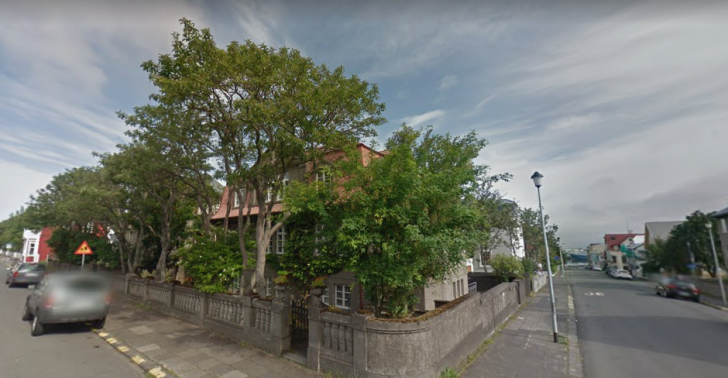
1. Reykjavík
The charming city of Reykjavik is the capital of Iceland.
Located on the southwest coast of Iceland, this charming town consistently ranks as one of the safest cities in the world.
It is a very walkable city with a low crime rate, making it the perfect destination for families.
With a population of just over 200,000 people, Reykjavik is the largest city in Iceland.
Aside from its endless natural beauty, Reykjavik’s top attractions include Hallgrimskirkja Church and the Pearlan Museum.
Whale watching tours, Mount Esja, Heidmork Nature Reserve, and Nautholsvik Geothermal Beach are just a short drive away.
Iceland is a very safe country, and its capital city is no exception.
Despite its low crime rate, residents recommend locking up your valuables and being aware of your surroundings at all times.
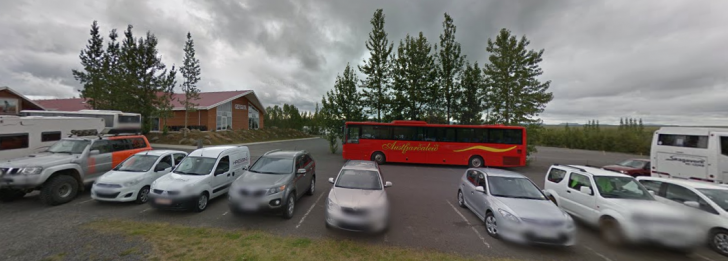
2. Geysir
Located on the Golden Circle sightseeing route, Geysir is both a region and one of the most famous natural wonders in the country.
Several geysers can be found in this area, including the Great Geysir and Strokkur.
Currently, in a period of inactivity, the Great Geysir is more than 10,000 years old.
Strokkur is still active, erupting every five to ten minutes.
While you are in the area, be sure to visit the Gullfoss Waterfall and the glacial spring Silfra fissure in Þingvellir National Park.
You can travel to this region without fear of falling victim to a crime.
Tourists are, however, urged to remain diligent, particularly when driving.
Icelandic weather can be unpredictable and brutal, leaving driving conditions dangerous for the inexperienced.
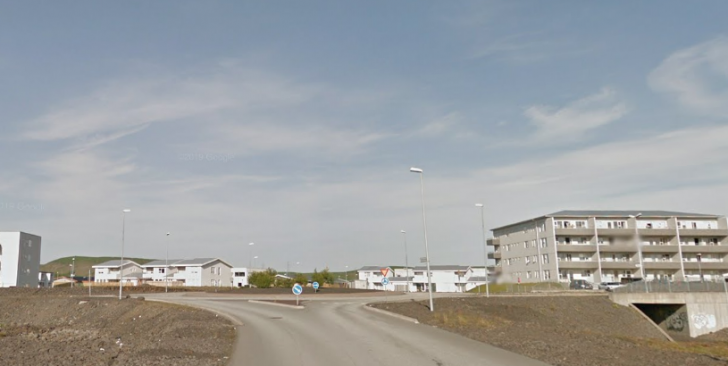
3. Hafnarfjörður
Located in southwest Iceland, Hafnarfjörður is the epicenter of Viking culture and one of the oldest cities in the country.
This port town of 30,000 hosts an annual Viking festival, where Viking history enthusiasts can immerse themselves in the culture.
Hafnarfjörður was built on a 7,000-year-old lava rock bed.
There are lava fields spread out through the city, further adding to the region’s unique landscape.
Other popular destinations in and around Hafnarfjörður include Kleifarvatn Lake, the Krýsuvík Cliffs, and its public geothermal pools.
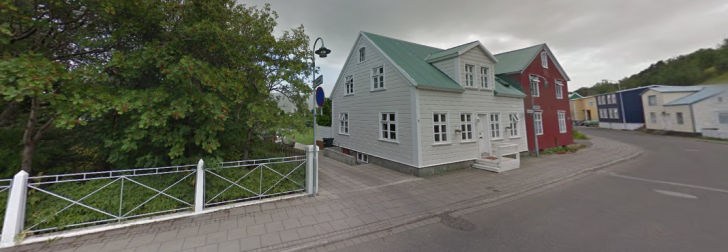
4. Akureyri
Akureyri is a small Icelandic fishing town first settled by the Vikings in the 9th century.
With less than 20,000 inhabitants, Akureyri is the second-biggest city in Iceland.
It is often referred to as “Iceland’s Capital of the North.”
This lovely town has so much to offer including a botanical garden and a cultural center.
Akureyri is also popular for its outdoor activities, including skiing down the Eyjafjördur Fjord, bird watching, and hunting for the aurora borealis.
It’s important to have a healthy respect for Mother Nature, particularly if traveling Iceland alone.
Be aware of potential weather threats and keep someone updated on your location.
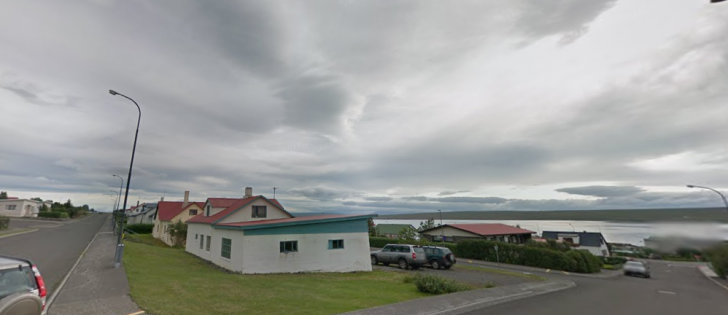
5. Hvammstangi
Once a major trading center, Hvammstangi is now infamous for its many seal colonies that inhabit the region.
Book a seal-watching tour or check out the Icelandic Seal Center to get a closer look at these rare species.
For more outdoor activities, explore the countryside by horseback, hike nearby trails, or visit the Kolugljufur waterfall.
Hvammstangi has less than 600 inhabitants, each with its own unique story to tell.
Like all of Iceland, nature is your biggest threat here.
Respect the land and always leave it cleaner than you found it.

6. Seyðisfjörður
Seyðisfjörður is another small Icelandic town rich in history and culture.
This small fishing village of 700 was first established in the late 1800s.
Comfortably tucked away between Mt. Bjolfur and Mt. Strandartindur, Seyðisfjörður offers picturesque views at every turn.
Aside from its puffin colonies, Seyðisfjörður is a great place to view the Northern Lights.
Bird watching, whale watching, and hiking are just a few of the outdoor.

7. Egilsstadi
Egilsstadir, located in eastern Iceland, is the outdoor enthusiast’s dream.
There are hikes to meet all skill levels; each guaranteed to deliver stunning views.
You will see farmland, glaciers, waterfalls, the large boulders of Stórurð, and mountains.
While crime is almost non-existent here, nature can be harsh.
Before setting out on a hike, make sure you check the weather, pack enough fluids, and leave.
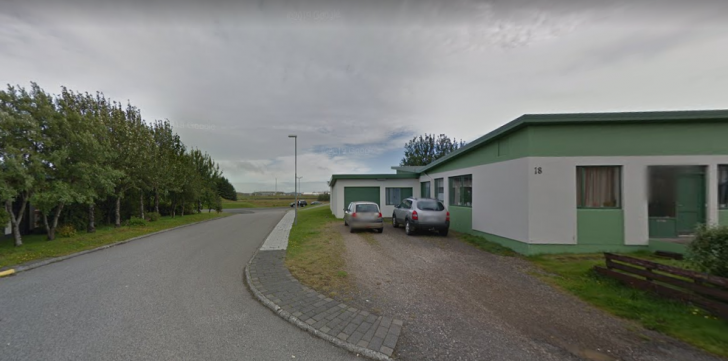
8. Höfn
On the southeast coast of Iceland is the enchanting village of Höfn.
Höfn, which means harbor, is located in a natural harbor.
It is near Hornafjörður fjord and the Vatnajökull glacier and is surrounded by glacial lagoons.
There’s no shortage of outdoor activities in this region, including glacial treks, hiking, and ice adventures.
Whether you’re taking a dip in a thermal pool or strolling through the harbor at dusk, you are safe from pickpockets and other crimes common in many countries.
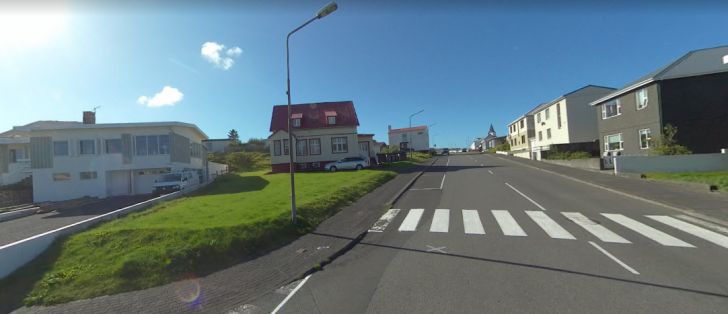
9. Vestmannaeyjar
Off the southern coast of Iceland’s mainland is a 15-island archipelago called Vestmannaeyjar.
Also known as the Westman Islands, this archipelago’s history dates back to the first settlers of Iceland.
Accessible by plane or ferry, Vestmannaeyjar is one of the most remote regions of Iceland.
Vestmannaeyjar is most famous for the Eldfell volcano eruption of 1973.
While this event destroyed much of the area, the Icelandic are resilient people.
They were able to rebuild and welcome thousands of tourists each year.
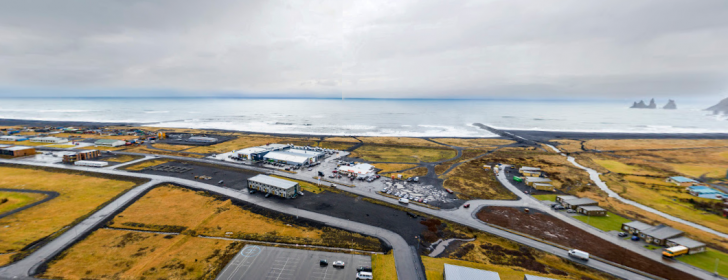
10. Vík í Mýrdal
On the southernmost tip of Iceland lies the small village of Vík í Mýrdal.
Vik is the gateway to some of Iceland’s most magical waterfalls including Gljúfrabúi, Skógafoss, Seljalandsfoss, and Svartifoss.
Two glaciers, Eyjafjallajökull and Mýrdalsjökull, can be seen from Vik.
Both glaciers cover active volcanoes, so special care should be taken when in this area.
Reynisfjara black sand beach is another popular attraction in this region.
There, you can view the infamous Reynisdrangar rock formations and the large rock arch of the Dyrhólaey peninsula.
Water is the biggest threat you’ll face in this region.
Walk far away from the water’s edge and do not attempt to swim.
Sneaker waves are common here and can be fatal.
5 Safety Tips for Traveling in Iceland
Iceland welcomes almost two million travelers annually.
While crime is almost non-existent here, nature can be harsh and unforgiving.
These tips will help keep you safe when visiting the island.
- Do not let your guard down, particularly when in crowded spaces.
- If you have your own vehicle, check conditions before getting on the road. Do not speed, even if it looks okay.
- While having your own car provides independence, the roads in Iceland can be treacherous at times. If possible, travel with a group.
- Heed all warning signs; they are there to keep you safe.
- Keep a close eye on weather conditions to avoid getting stuck in a storm.
Iceland Safety Overview
READ THE FULL REPORT: Iceland Safety Review
Safety Index: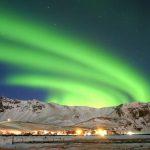
- OVERALL RISK: LOW
- TRANSPORT & TAXIS RISK: LOW
- PICKPOCKETS RISK: LOW
- NATURAL DISASTERS RISK: LOW
- MUGGING RISK: LOW
- TERRORISM RISK: LOW
- SCAMS RISK: LOW
- WOMEN TRAVELERS RISK: LOW
Frequently Asked Questions
What Should You Avoid in Iceland?
When visiting Iceland, never buy bottled water, tip the restaurant staff, or criticize traditional Icelandic food.
Are There Dangerous Animals in Iceland?
Iceland has many regions that are virtually untouched.
This leaves much room for wild animals to roam without fear of being hunted.
Land animals you might encounter include mink, mice, rabbits, reindeer, and the Arctic Fox.
These animals are more afraid of you than you are of them.
The Icelandic waters are also teeming with life, including whales, seals, and dolphins.
You will also be able to view many different species of birds while visiting the island.
While uncommon, polar bears do occasionally make it over to Iceland from Greenland.
Is Iceland Safe for LGBTQ+ Travelers?
Iceland is welcoming to all travelers, including LGBTQ, even in remote, rural areas.
Most restrooms are gender-neutral, but if you find some that are not, select the bathroom that corresponds with your gender identity.
Is Iceland Safe for Female Travelers?
Iceland ranks number one in the world in gender equality and is very safe for solo female travelers.
If you are traveling alone, it is recommended that you travel with guides as much as possible.
What Are the Dangers in Iceland?
While crime is not a great concern, the weather and other natural forces are.
These include volcanic eruptions, floods, earthquakes, avalanches, and landslides.
Download the GPS smartphone app called 112 Iceland for reporting emergencies.
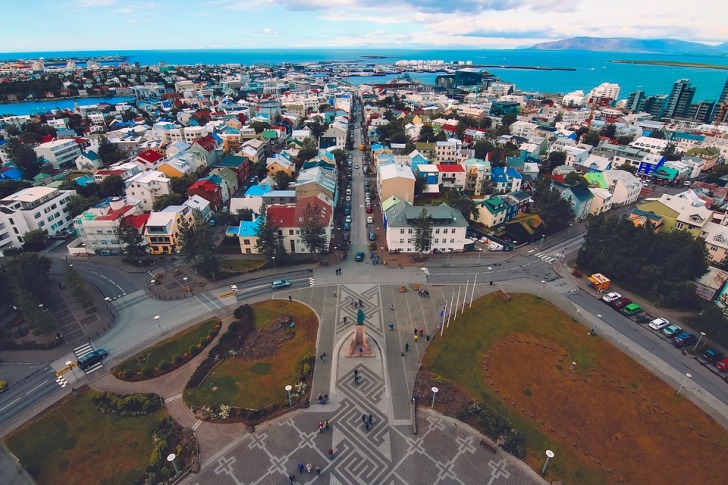

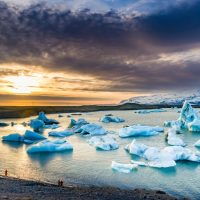
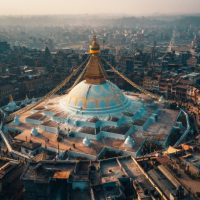
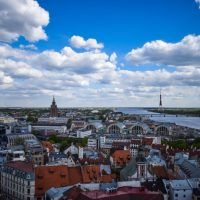
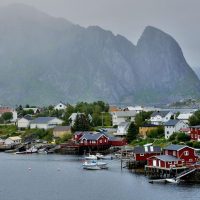
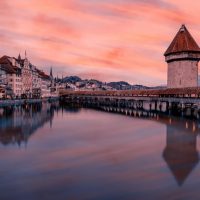





having traveled across many Icelandic cities, I can confidently say that the country is not only scenic but also exceptionally safe. A haven for those seeking a worry-free escape.
Iceland pleasantly surprised me with its safety measures. The town’s commitment to maintaining a secure environment is commendable.